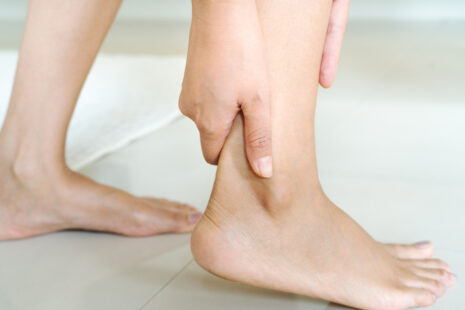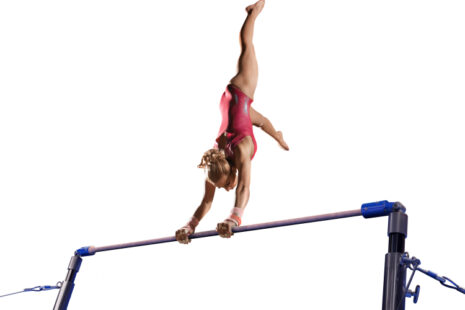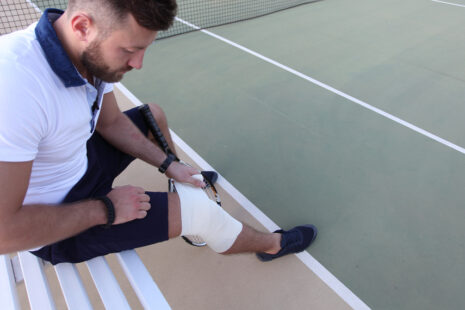Knee arthritis, a common condition causing pain, stiffness, and reduced mobility, can significantly impact daily activities and quality of life. Physical therapy (PT) is a vital component of managing arthritis symptoms, helping to preserve knee function and delay the progression of the condition.
Here’s how PT can help with knee arthritis and what to expect from treatment
Alleviating Pain and Discomfort
- Pain Management Techniques – Physical therapists use various methods, including ice and heat therapy, electrical stimulation, and manual therapy techniques, to reduce pain and inflammation.
- Exercise – Tailored exercises strengthen the muscles around the knee, providing better support for the joint and reducing the load on it, which can alleviate pain.
Improving Mobility and Flexibility
- Range of Motion Exercises – Gentle stretching and range of motion exercises help maintain and improve flexibility, reducing stiffness in the knee.
- Functional Training – PTs work with patients to improve their ability to perform daily activities, focusing on movements that enhance joint function and mobility.
Enhancing Strength and Stability
- Strengthening Exercises – Specific exercises target the quadriceps, hamstrings, and other muscles around the knee and hip to improve joint stability and reduce the burden on the arthritic knee.
- Balance Training – Improving balance helps prevent falls, which can be particularly damaging for someone with knee arthritis.
Educating on Lifestyle Modifications
- Activity Modification – Physical therapists guide modifying activities and adopting knee-friendly practices to avoid aggravating arthritis symptoms.
- Weight Management – For overweight individuals, PTs may offer advice on weight loss strategies, as excess weight increases stress on the knee joints, exacerbating arthritis pain.
Using Assistive Devices When Necessary
- Supportive Devices – In some cases, PTs may recommend devices such as braces or orthotics to support the knee, improve alignment, and reduce pain during activity.
- Walking Aids – Canes or walkers might be suggested for those with significant instability or pain to improve mobility and independence.
Developing a Personalized Treatment Plan
- Tailored Approach – Treatment plans are highly personalized, taking into account the individual’s symptoms, arthritis severity, lifestyle, and goals.
- Ongoing Assessment – Physical therapists regularly assess progress and adjust the treatment plan as needed to ensure the best outcomes.
Physical therapy plays a crucial role in managing knee arthritis, offering non-surgical solutions to relieve pain, improve function, and enhance quality of life. Through a combination of targeted exercises, pain management techniques, and lifestyle modifications, PT can help individuals with knee arthritis maintain their mobility and continue to engage in their daily activities with less discomfort. If you’re dealing with knee arthritis, consulting with a physical therapist can provide you with the tools and strategies to manage your condition effectively.




